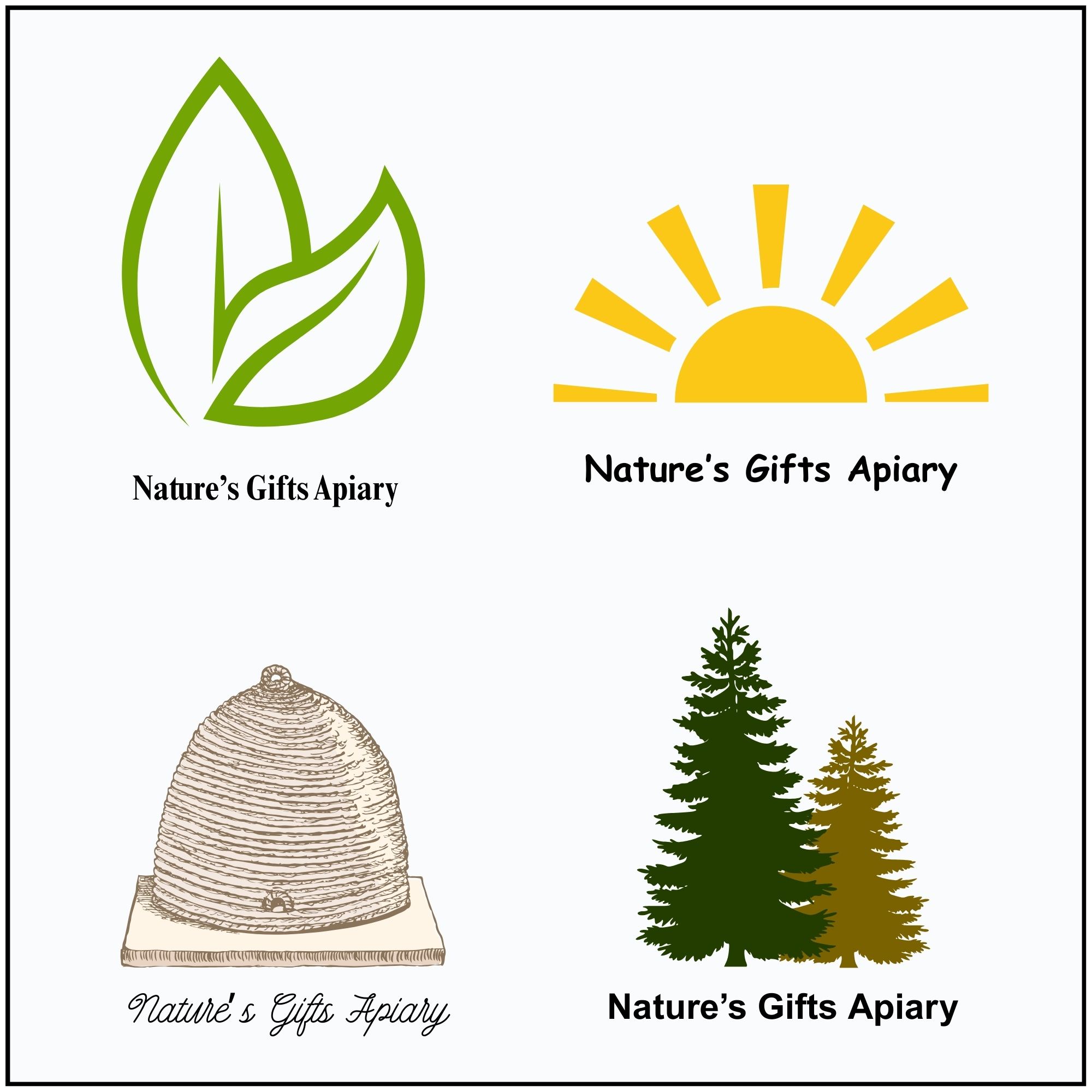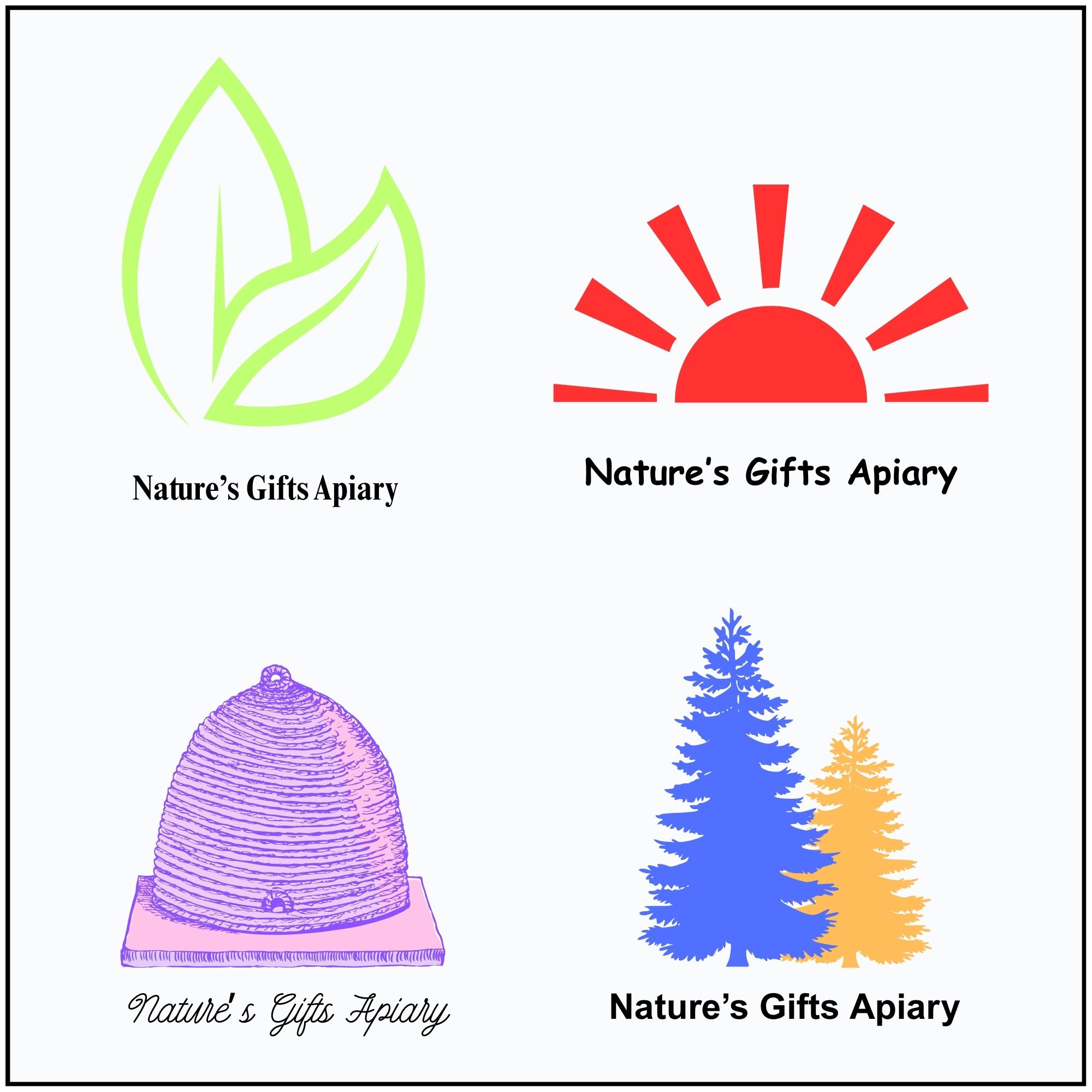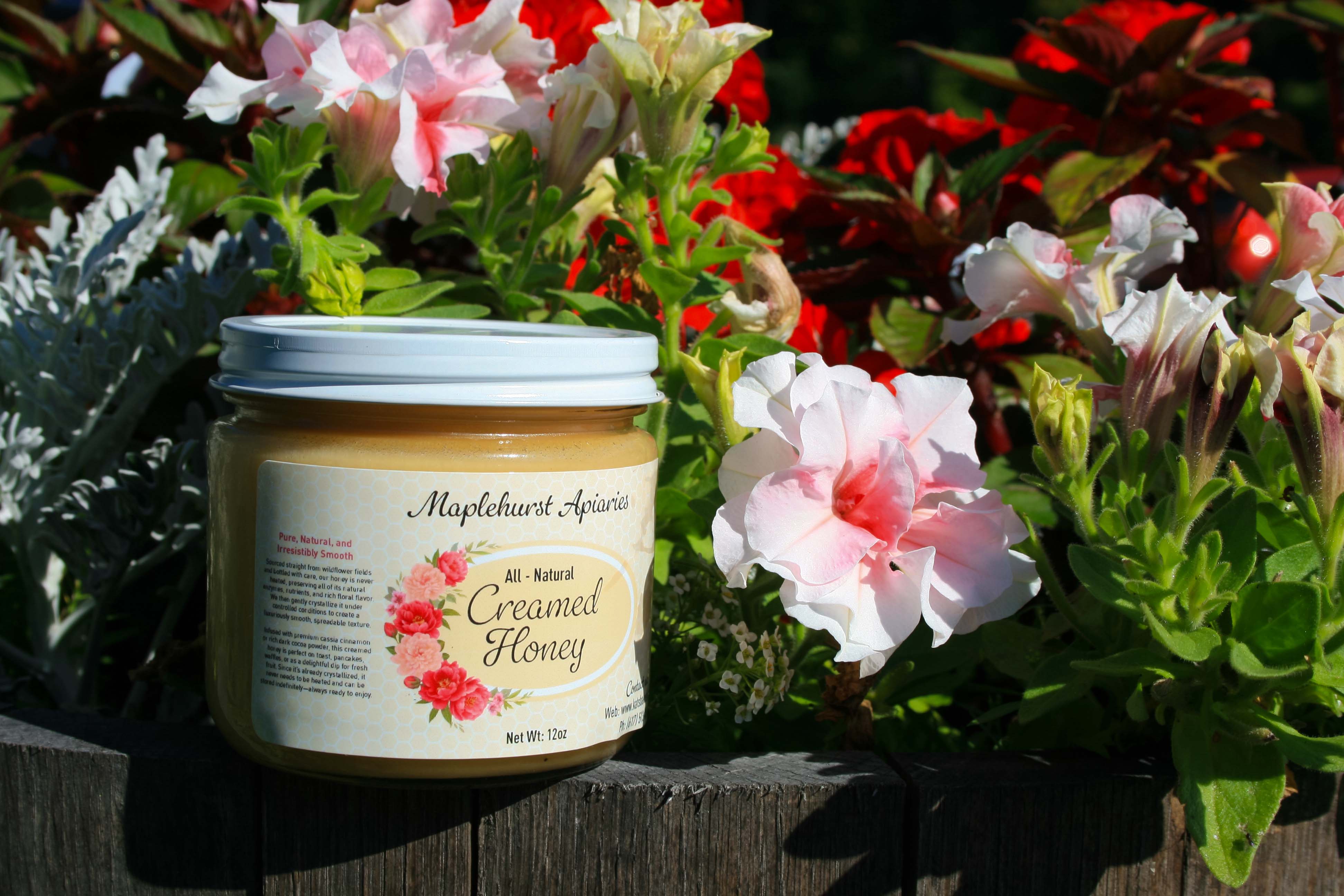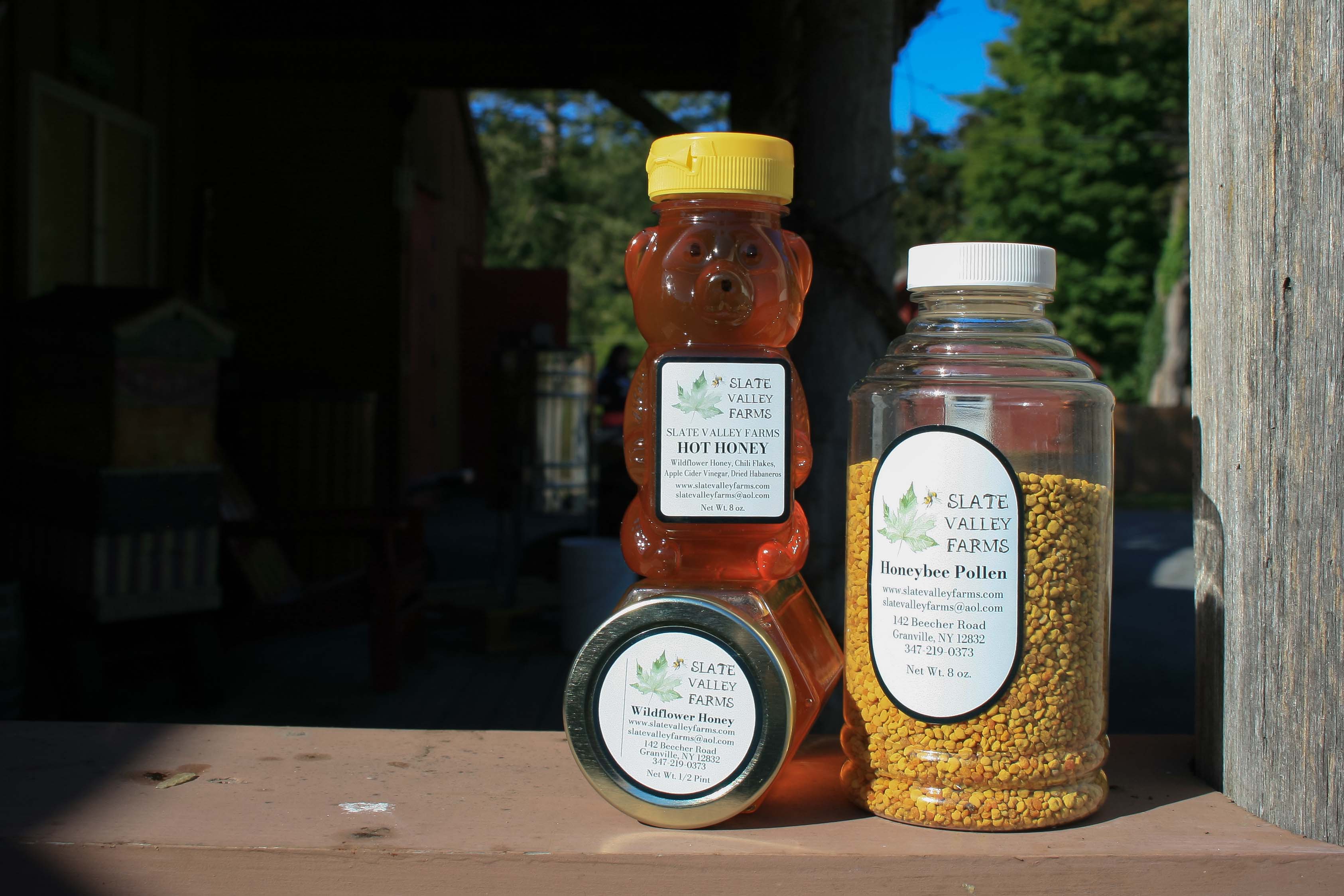By Elizabeth Warner
Unfortunately, the term “Certified Organic Honey” is not available to beekeepers in the mainland U.S. because we can’t control all of the plants our bees forage on and bring back to our hives. This is a challenge because shoppers who prefer organic products are looking for visual indicators that assure them your honey is produced with the most natural methods. Anyone can buy your honey, but when designing your brand, it’s important to identify and keep in mind your target audience, the organic shopper.
The organic consumer base is vast, and growing. These consumers seek products that make them feel like they are making good decisions for the environment and/or their health. Certified Organic farmers are able to mark their products with an official seal, but as beekeepers, we must use our branding to tell customers how natural our hive products are.
At its heart, there is a lot of human psychology behind marketing. The customer should be drawn to the business’s identity and its story. The closer a company’s (or beekeeper’s) values align with those of the customer, the more trust there will be in the products. But just like the topic of beekeeping, the topic of brand marketing is large, complex, and always changing. As new ways to show off your products appear (like social media) the way in which your customers engage with marketing materials changes. Nowadays, you have very little time to catch a potential customer’s eye. Every detail matters, especially as people spend less time engaging with the media they encounter. Keep in mind, people study and learn for years to obtain higher degrees in this field, while we’re going to just dip our toes in. In the future, we’ll write more newsletter articles on marketing your honey. For now, we’ll discuss two intertwined elements: the words and the images, and how they can help define a natural brand.
Use Nature to Create Visual Appeal
Have you ever heard that a picture is worth 1000 words? In this case, the picture is your honey label. Honey labels tell a customer who you are, what kind of honey you sell, and where it came from. It’s what you'll be known for, and it’s how shoppers will recognize you from the other five brands on the shelf. Your label doesn’t have to be an artistic masterpiece, but it should be a well-thought-out design and be consistent throughout all of your hive products.
If you’re comfortable designing a label yourself, that’s great, but not everyone is an artist. Working with a graphic designer can be helpful when creating your logo and other materials. As the business owner, it is your responsibility to assemble a vision board: a collection of words, images, and materials to inspire the kind of design you’re looking for. The vision board will help a graphic designer bring your ideas to life in a visually pleasing way. This does come at a cost, but a well-designed label can be a profitable investment that will lead to more sales in the future.
Consider these ideas when brainstorming the elements of your natural label design:

Design elements that could align with a natural brand aesthetic.

Design elements that may not align with a natural brand aesthetic.
Use earthy motifs and visuals, soft lines, and patterns seen in nature.
Whether viewing fine art or looking at a cartoon printed on a cereal box, people associate images with certain ideas. If inspiring “natural” is the goal, consider incorporating visual elements that are from the earth. Think about patterns and colors seen in nature. Use the natural landscape around the apiary for inspiration. Is there a stream or particular tree you find beautiful? Snap a photo for your graphic designer so they have something to work with.
Unsaturated colors like greens and browns could also invoke earthy feelings. There are incredibly vibrant colors found in nature, but it might be a challenge to convey your apiary’s natural brand using the same bright red color found in a scarlet macaw’s feathers. For some customers, this bright shade could be associated with non-natural ingredients like red dye 40. Is this color found in nature? Yes. But will it feel “natural” to a prospective honey customer? Probably not.These are the thoughts to ponder before branding decisions are made.
Feeling stuck? Spend time online, in the grocery store, and at the farmer’s market to see how other organic companies brand their products. Allow this research to guide your own brand decisions, even if you don’t love everything that you see. Sometimes, looking at several bad ideas can lead to a great one. Use AI image generation wisely, if at all. It may seem new and fun to play with, but many people are already exhausted by its fakeness. Use it for inspiration, but trust that your graphic designer will create something more unique, more attractive, and more captivating to your target customers.
Finish your product’s presentation by adding natural materials
A piece of natural fiber cloth or burlap can drape over a honey jar lid and be secured with twine. A wooden honey dipper can be tied just under the lid. A brown Kraft label can feel much more earthy and natural than a white, glossy one.
What about the container your hive product is sold in? Consider how a customer will feel buying honey in plastic versus glass containers. Both are recyclable, both hold honey well, but think about what each material could convey to your customers, and how that will impact your brand.

Our Kraft labels give a natural touch to any honey jar.
Buzz Words
As we’ve mentioned, it would be so much easier if we could secure “organic” status for our honey. Since we can’t, it's up to us beekeepers to describe our product’s connection to nature both visually and in writing. Websites and pamphlets are great for your honey’s detailed origin story. On a honey label, there are only a few inches of space to declare your product’s best features, so invest time in careful word choice. Here are some popular natural “buzz words” to think about:
- Embrace the idea of buying local. “Buying local” has never been more popular, and the natural beekeeper can capitalize on this trend. Organic food shoppers often like and trust the small-scale farming of a natural beekeeper. It’s the opposite of large-scale, industrialized food production, which can often conjures feelings of artificiality and using environmentally unsound methods. If the word “local” feels overused, here are some other terms to consider:
- Small batch
- Micro-harvested
- Limited drop
- Single source or single origin
- Made within X miles of here
- Be specific about where your honey comes from. Customers will be comforted to know as much about your natural product as possible. For example, we know that ethical beekeepers don’t mix corn syrup into their honey to increase profits. However, it doesn’t hurt to remind your customers of your pledge to harvest 100% pure honey. Some phrases and strategies to consider:
- 100% Natural
- Made from flower nectar only
- Print (or hand write) the specific flower(s) that the particular batch of honey was made from
- Use words that describe how much you process (or don’t process) your honey: Raw, unpasteurized, unfiltered, etc
Best Business Practices
As the business owner, it’s up to you to make sure you are being truthful and original in your branding. Choose words and images carefully, and follow the law. Keep in mind that some states have different requirements as to what information needs to be stated on a honey label. You can read more about honey labeling laws here. On a larger scale, the FDA also has other rules that must be followed when marketing honey products.
This is a lot to think about, and it can be a bit of a financial investment. Just remember, once your natural brand is established, it can help your business flourish. Once you (and a graphic designer) have a design file to share, reach out to us about our label printing services! We offer a range of styles and shapes to help your honey look its best. We hope you’ll consider inviting Betterbee along your brand identity journey.
Looking for more marketing advice beyond the natural style? Stay tuned for an upcoming series on marketing your apiary as a business.

Labels designed by Betterbee label team for Maplehurst Apiary, a wonderful customer.

Labels printed by Betterbee for a long-term customer, Slate Valley Farm. These labels showcase their various products.





